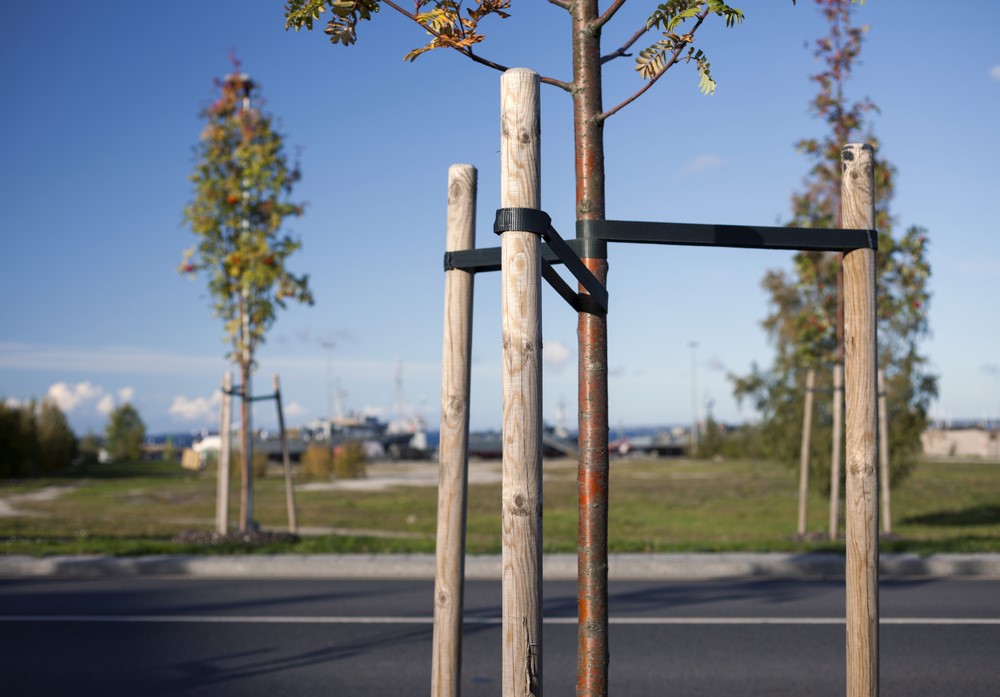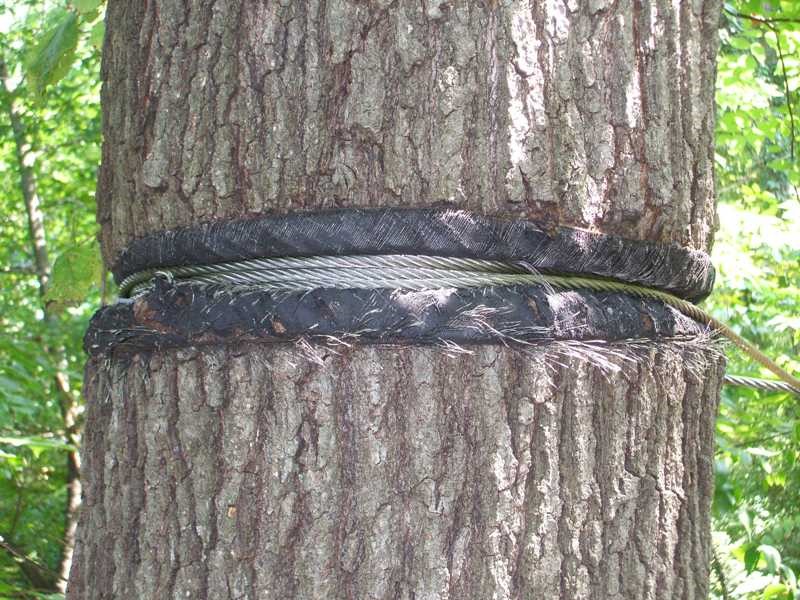Today, we look at the top seven things that you should not do to your landscaping trees.
Too Much Care and Attention
Mulching and staking are two of the most important maintenance practices that need to be done on newly planted trees. However, the two can be destructive if not done correctly. For instance, guying and staking ensures that the trees grow to the optimal height and protects them from mechanical damage due to heavy winds. Nevertheless, some trees require no staking, as they are independent, therefore, staking such species can result in bark damage, abnormal truck growth, and girdling.

On the other hand, too much mulching can negatively affect bark and root functioning. Ideally, the depth of the mulching material around the tree base should not exceed 3 inches.
Girdling Landscaping Trees
If you take time to walk around your neighborhood, the chances are that you will come across trees that have girdles. One of the main reasons why homeowners use them is to cushion the crepe myrtle from the lawn mower. Studies have proven that girdling is not effective in achieving these two goals. Over time, the girdles strangulate the tree thereby compromising its growth and development.

You should also desist from covering the tree trunk base with metal or plastic material to protect it from various mechanical tools used to maintain the yard. Instead of these destructive practices, apply good mulch and an environmentally friendly herbicide around the base to keep weeds at bay.
Planting Trees on Utilities Right-of-Ways
Imagine spending thousands of dollars in sapling for ten years only to watch in despair as your favorite tree is topped down by the electricity utility team when the branches come into proximity to the electric wires. It is recommended to avoid all utility right-of-ways when planting the trees to prevent such unfortunate scenarios. Alternatively, you can plant trees whose potential maximum height is less than the electricity wires. More importantly, seek the services of a professional tree lopping company to ensure that it grows to the desired size and shape.
Limited Exposure to Sunlight
Too much shade will hinder the growth of your landscaping trees as they rely on sunlight for various biological processes such as photosynthesis. Most of the hardwood and conifer tree species need maximum exposure to sunlight to survive. Such trees are referred to as shade intolerant species. Examples include:
- Most oak species
- Poplar
- Pine
- Black cherry
- Willow
- Douglas fir
- Hickory
Concisely, you should make sure that the trees get ample sunlight; otherwise, they will eventually die leaving your yard empty. Not to mention, you will have to spend more money purchasing new seedlings and on tree maintenance services.
Unsupportive Neighbors
First, it is important to note that different trees have varying growth potential that is controlled not only by the maintenance services that you do on it but also its genetic growth potential. There are plenty of credible tree guides online that you can use to know the growth pattern and traits of your preferred landscaping tree species. It is highly recommended to check the guide before planting the trees.
For example, planting Leyland cypress trees next to oak is not a good idea. This is because of the Leyland cypress one of the fastest growing trees, and soon it will outgrow the oak thereby suppressing the latter’s growth. It is also important to note that the two species will compete fiercely for the available nutrients.
Using them as Fence Posts and Flag Poles
It is tempting to use tall trees as light poles, fence posts, or even ornament stands. Attaching invasive anchors on the tree branches and trunk has the potential of affecting the health of the tree by acting as entry points for harmful bacteria.
Bonus Tip
Lack of a proper landscape plan results in poor tree placement and poor selection of tree species. The two will negatively affect your property and expose you to numerous risks. Ideally, you should desist from planting trees that are fond of outgrowing the available or provided space as they could damage your home’s foundation as well as utility lines. Ensure you hire a reputable and accredited tree removal company to assist you maintain all your landscaping trees.



